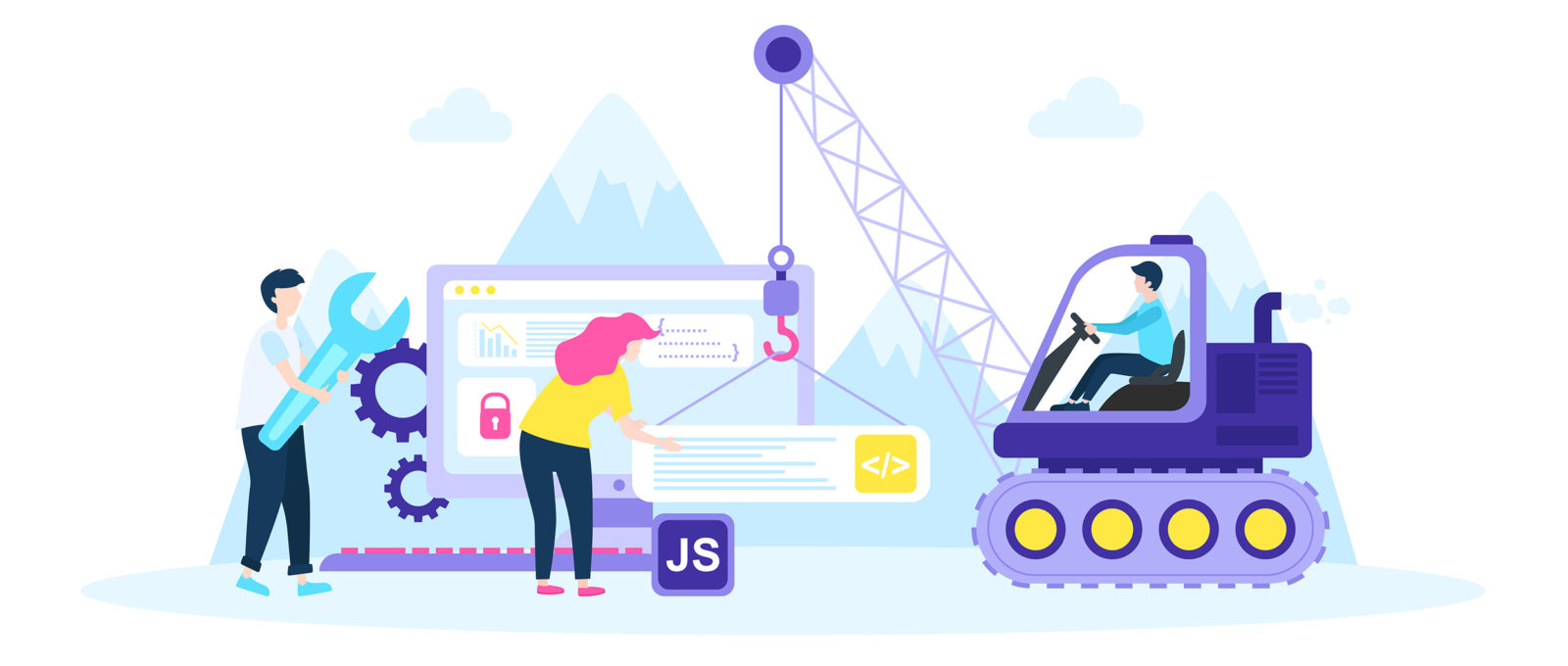Internet Site Design Basics: Tips For Building A User-Friendly Website
Internet Site Design Basics: Tips For Building A User-Friendly Website
Blog Article
seo agency packages -Crews Thrane
When it pertains to internet site design, making certain user-friendliness is vital. From receptive style to structured navigating, every component plays an essential function in producing a website that accommodates your target market's requirements. Yet what about the finer details that can make or break an individual's searching experience? Stay tuned as we uncover some often-overlooked suggestions that can raise your site's usability to the next level, making it truly stick out in the digital landscape.
Importance of Responsive Layout
Responsive design is a critical facet of modern-day website development. Guaranteeing your site is responsive means that it can adjust to various screen sizes and tools, supplying a smooth experience for users.
With the enhancing use of mobile phones and tablet computers to access the web, having a receptive style is important for getting to a bigger target market. It aids in boosting individual experience by making your internet site very easy to navigate and continue reading any kind of device.
Additionally, responsive layout can positively affect your search engine positions, as search engines like Google focus on mobile-friendly websites. By having a responsive design, you're likewise future-proofing your website, as new devices with differing screen sizes continue to arise.
Simplify Navigation Framework
To improve user experience and help with simple accessibility to information on your web site, improving the navigating structure is critical. When developing your website, concentrate on creating a clear and intuitive navigating menu that aids site visitors locate what they're seeking promptly.
Limit the variety of menu products to the essentials, organizing relevant pages with each other to prevent overwhelming customers. Use descriptive labels that clearly show the material of each web page, making it much easier for customers to comprehend where each link will take them.
Take into consideration executing dropdown food selections for subcategories to stop jumbling the major navigating bar. Furthermore, include a search bar plainly on the web page for customers that like looking for particular info.
Focus on mobile responsiveness in your navigation design to guarantee simple accessibility on all tools.
Optimize Page Tons Rate
Improving web page lots rate is essential for retaining site visitors on your site. Slow-loading web pages annoy individuals and can lead to high bounce prices. To optimize web page load speed, start by enhancing images. Compress pictures without jeopardizing high quality to decrease their file dimensions.
In addition, allow internet browser caching to keep regularly accessed sources in your area, speeding up tons times for returning site visitors. Minify CSS, JavaScript, and HTML documents by removing unneeded personalities, comments, and formatting, enhancing load speed.
Think about utilizing a material delivery network (CDN) to distribute your website's web content throughout numerous servers worldwide, minimizing latency for users accessing your site from various areas. Finally, limit the use of third-party scripts and plugins, as they can considerably affect load times.
google search engine optimization for my website
To conclude, by incorporating responsive style, simplifying navigating, and enhancing page lots rate, you can develop a straightforward website that attract a wider target market and improves customer experience. These essential elements make sure that visitors can quickly access and browse your website across various devices, bring about increased engagement and fulfillment. By concentrating on these crucial elements, you can develop an effective site that keeps users returning for more.
